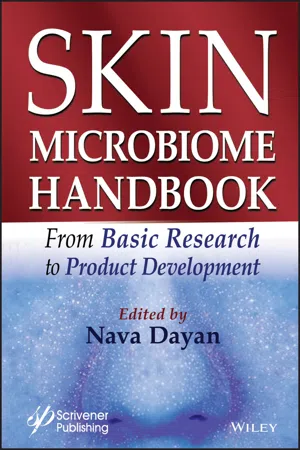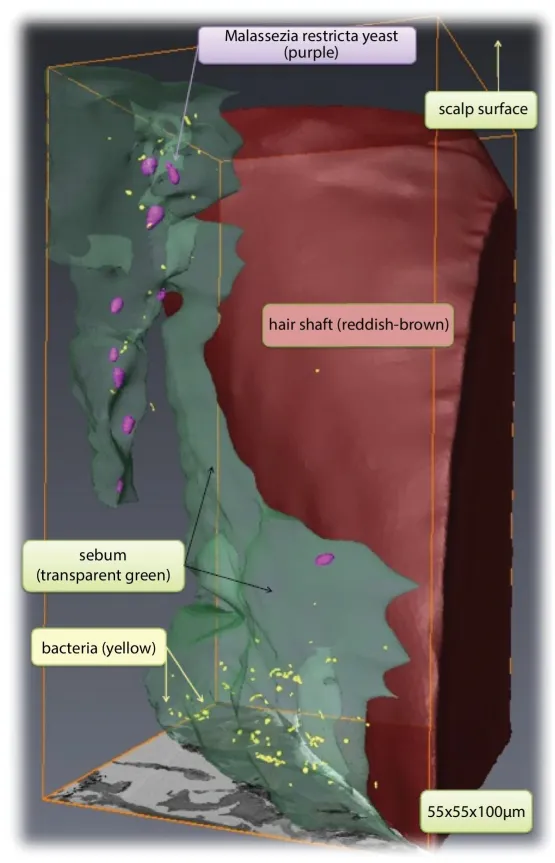
- English
- ePUB (mobile friendly)
- Available on iOS & Android
About this book
The book provides a comprehensive detailed summary of current status on skin microbiome research in health and disease as well as key regulatory and legal aspects.
In the past decade, interest and technology have greatly advanced to unravel the nature and effect of skin microbiome on our health. Diseases such as atopic dermatitis and acne are at the forefront of this research, but also other conditions such as skin cancer are under investigation. In addition, mapping of the skin microbiome has gone from basic to more detailed with attempts to correlate it to various ages, ethnicities and genders. In parallel to mapping it, a great deal of research is dedicated to understanding its functionality and communication (and hence effect) on human cells.
The Skin Microbiome Handbook is a summary of current status of knowledge, research tools and approaches in skin microbiome, in health and disease. It contains the following categories: healthy skin microbiome and oral-skin interaction; skin microbiome observational research; skin microbiome in disequilibrium and disease; skin's innate immunity; testing and study design; regulatory and legal aspects for skin microbiome related products. The 18 chapters of the book are written by carefully selected leaders in the academia and industry exhibiting extensive experience and understanding in the areas of interest.
Frequently asked questions
- Essential is ideal for learners and professionals who enjoy exploring a wide range of subjects. Access the Essential Library with 800,000+ trusted titles and best-sellers across business, personal growth, and the humanities. Includes unlimited reading time and Standard Read Aloud voice.
- Complete: Perfect for advanced learners and researchers needing full, unrestricted access. Unlock 1.4M+ books across hundreds of subjects, including academic and specialized titles. The Complete Plan also includes advanced features like Premium Read Aloud and Research Assistant.
Please note we cannot support devices running on iOS 13 and Android 7 or earlier. Learn more about using the app.
Information
Part 1
HEALTHY SKIN MICROBIOME AND ORAL-SKIN INTERACTIONS
1
The Microbiome of Healthy Skin
1.1 Introduction
1.1.1 Retrospective

1.1.2 Next Generation Sequencing
Table of contents
- Cover
- Table of Contents
- Title Page
- Copyright Page
- Preface
- Part 1: HEALTHY SKIN MICROBIOME AND ORAL-SKIN INTERACTIONS
- Part 2: SKIN MICROBIOME OBSERVATIONAL RESEARCH
- Part 3: SKIN MICROBIOME IN DISEQUILIBRIUM AND DISEASE
- Part 4: SKIN’S INNATE IMMUNITY
- Part 5: TESTING AND STUDY DESIGN
- Part 6: REGULATORY AND LEGAL ASPECTS FOR SKIN MICROBIOME RELATED PRODUCTS
- Glossary
- Index
- End User License Agreement